Other Beetles
Cedar beetles are in the family Rhipiceridae.They are large beetles and as larvae are parasites of cicada nymphs. Adults are active in September and October. They are found on tree trunks or foliage.Water scavenger beetles are in the family Hyrophilidae. Most hydrophilids have a keel-like spine running down the middle of their undersides. They swim by moving their legs alternately and surface with their head up using their short antennae to channel air to a bubble on their belly. They are not all aquatic nor are all scavengers. Some of these squeak by rubbing the abdomen against the wing covers. False blister beetles closely resemble the blister beetles. They are in the family Oedemeridae. The metallic wood borer beetles belong to the family Buprestidae. The larvae are plant feeders and most bore into wood causing damage. The adults are most active in full sunlight on trunks, limbs, leaves, and flowers. The adults are often brightly colored and are alert and move quickly. They are also known as jewel beetles because of their iridescent colors. Wedge shaped beetles in the family Ripiphoridae have a distinctive shape and are parasites of bees and wasps. Checkered beetles which are in the family Cleridae are mostly colorful, agile predators of other insects. Most are active in the daytime but a few come to lights at night. Hister or clown beetles (family Histeridae), are carnivorous and are usually found around carrion, fungi, or dung. They are shiny black, oval, and from 0.5 to 10 mm (0.02 to 0.4 inch) long.The hister beetle’s wing covers (elytra) are short, leaving the last two abdominal segments exposed. When disturbed, these beetles lie motionless, resembling tiny black seeds..The sap beetles (Nitidulidae) are small ovoid, usually dull-colored beetles, with knobbed antennae. Some have red or yellow spots or bands. They feed mainly on decaying vegetable matter, over-ripe fruit, and sap.
Disclaimer: The content of NatureSearch is provided by dedicated volunteer Naturalists of Fontenelle Forest who strive to provide the most accurate information available. Contributors of the images retain their copyrights. The point of contact for this page is: Eric Scholar.
-
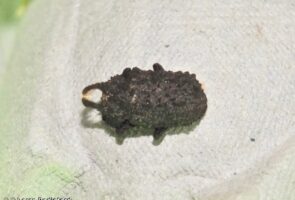 HORNED DARKLING BEETLE
HORNED DARKLING BEETLE
-
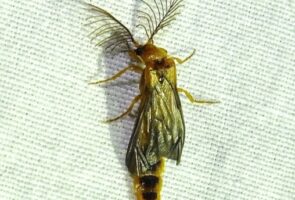 GLOWWORM
GLOWWORM
-
 BOLITOPHAGUS CORTICOLA
BOLITOPHAGUS CORTICOLA
-
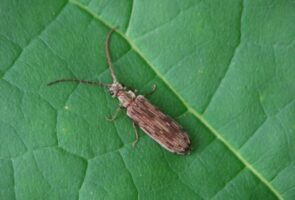 RETICULATED BEETLE
RETICULATED BEETLE
-
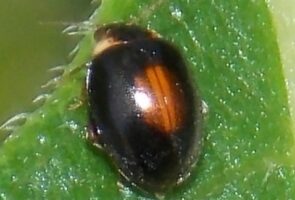 MARSH BEETLE
MARSH BEETLE
-
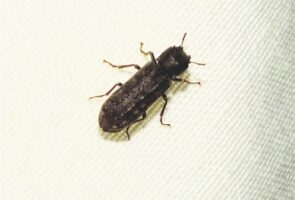 HORNED POWDER-POST BEETLE
HORNED POWDER-POST BEETLE
-
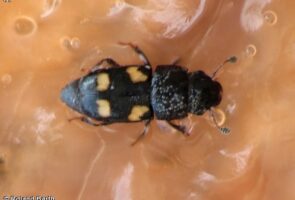 PICNIC BEETLE
PICNIC BEETLE
-
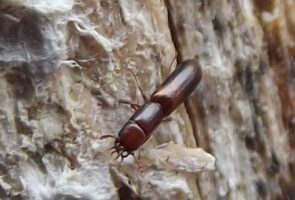 CORTICOTOMUS CYLINDRICUS
CORTICOTOMUS CYLINDRICUS
-
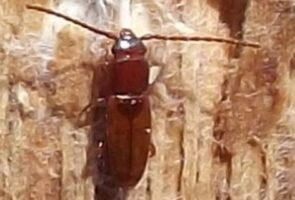 LINED FLAT BARK BEETLE
LINED FLAT BARK BEETLE
-
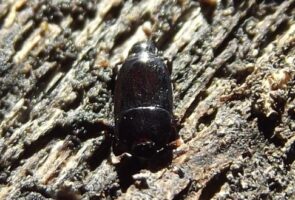 CLOWN BEETLE
CLOWN BEETLE
-
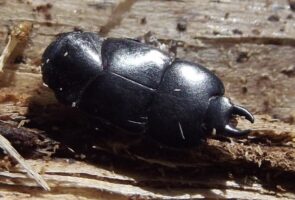 HISTER BEETLE
HISTER BEETLE
-
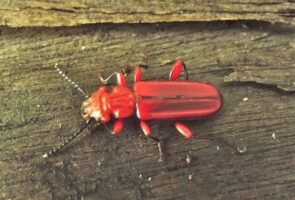 RED FLAT BARK BEETLE
RED FLAT BARK BEETLE
-
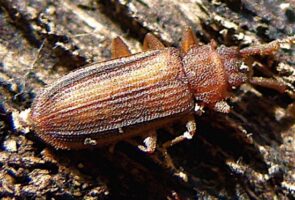 SILVANID FLAT BARK BEETLE
SILVANID FLAT BARK BEETLE
-
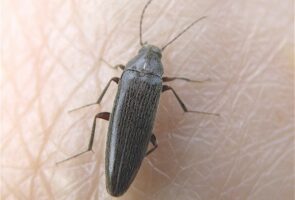 BARK BEETLE
BARK BEETLE
-
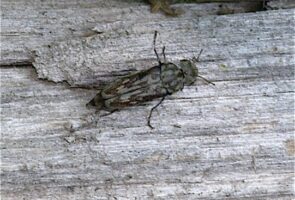 TUMBLING FLOWER BEETLE
TUMBLING FLOWER BEETLE
-
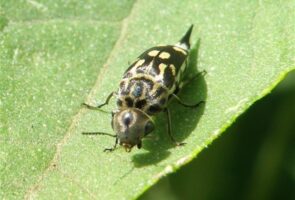 EIGHT SPOTTED TUMBLING FLOWER BEETLE
EIGHT SPOTTED TUMBLING FLOWER BEETLE
-
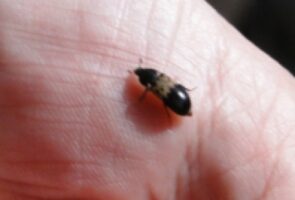 LARDER BEETLE
LARDER BEETLE
-
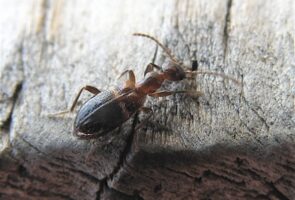 ANT-LIKE FLOWER BEETLE
ANT-LIKE FLOWER BEETLE
-
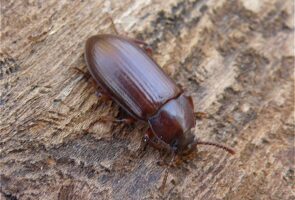 REDDISH-BROWN DARKLING BEETLE
REDDISH-BROWN DARKLING BEETLE
-
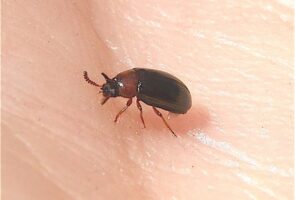 TWO HORNED DARKLING BEETLE
TWO HORNED DARKLING BEETLE
-
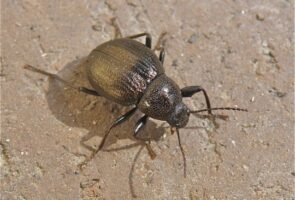 DARKLING BEETLE
DARKLING BEETLE
-
 FALSE MEALWORM BEETLE
FALSE MEALWORM BEETLE
-
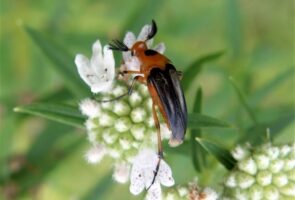 WEDGE-SHAPED BEETLE
WEDGE-SHAPED BEETLE
-
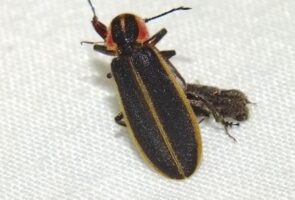 PILOSE CLERID BEETLE
PILOSE CLERID BEETLE
-
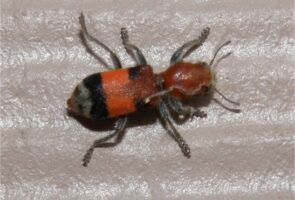 ORANGE-BANDED CLERID BEETLE
ORANGE-BANDED CLERID BEETLE
-
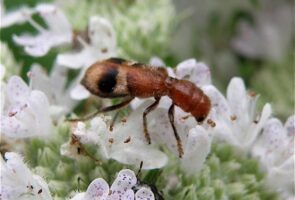 CHECKERED BEETLE
CHECKERED BEETLE
-
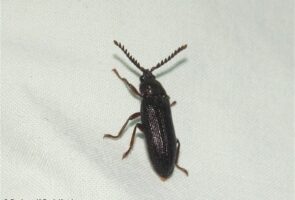 ZENOA PICEA
ZENOA PICEA
-
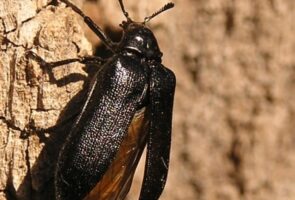 CEDAR BEETLE
CEDAR BEETLE
